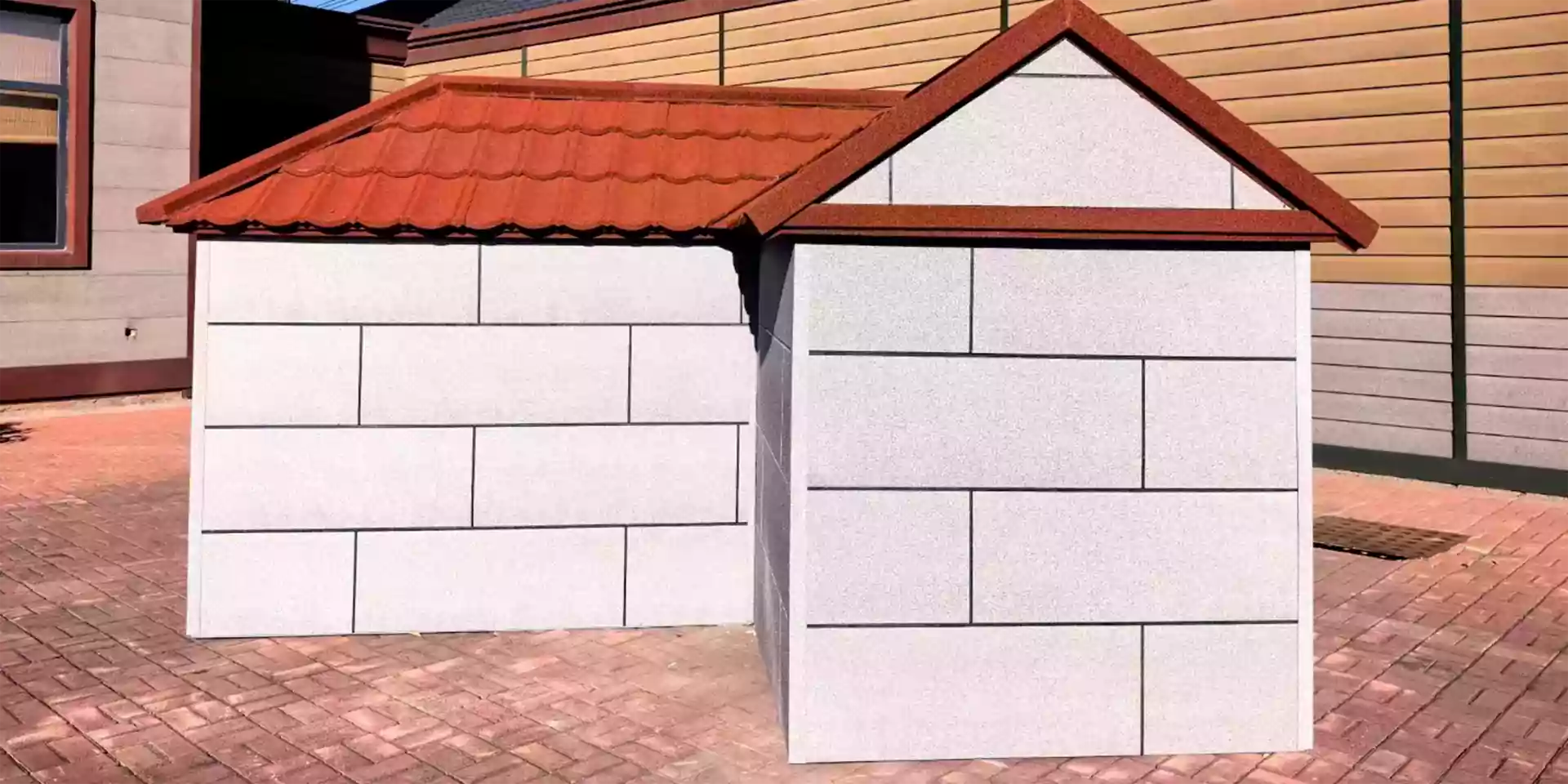
Oct . 12, 2024 10:52 Back to list
Analyzing the Composition of Shingles Understanding Key Materials and Their Effects
The Composition of Shingles Understanding Composition and Benefits
Shingles, also known as roof shingles, are essential components of roofing systems that provide protection against harsh weather conditions, contribute to the aesthetic appeal of buildings, and offer insulation functionalities. With the variety of materials used in shingles today, understanding their composition is crucial for homeowners, builders, and architects alike. This article delves into the primary materials used in shingles, their benefits, and how they contribute to the overall effectiveness of roofing systems.
1. Asphalt Shingles
Asphalt shingles are by far the most common type of roofing material in North America. Composed mainly of a base of fiberglass or organic felt saturated with asphalt, these shingles are affordable, versatile, and easy to install. The top layer is typically coated with ceramic granules that provide UV protection and enhance the shingle's appearance. The composition of asphalt shingles allows for numerous styles and colors, making them an attractive option for many homeowners.
The key benefits of asphalt shingles include their cost-effectiveness, decent lifespan (typically 20-30 years), and ease of repair. Moreover, they are fire-resistant and can withstand various environmental conditions, including rain, snow, and wind. However, it is essential to consider that extreme temperatures can impact their lifespan, making it necessary for homeowners in harsher climates to weigh their options carefully.
2
. Wood Shingles and ShakesWood shingles and shakes are traditional roofing materials derived from cedar, pine, or redwood. Wood shingles are machine-cut to create a smooth finish, while shakes are hand-split for a more rustic appearance. The composition of these shingles offers natural insulation properties, allowing buildings to remain cooler in summer and warmer in winter.
The aesthetic appeal of wood shingles is unparalleled; they provide a warm and natural look that many homeowners desire. However, their susceptibility to decay and insect damage, along with the need for regular maintenance and treatment, can deter some from choosing this option. Additionally, wood shingles are less fire-resistant than asphalt or metal options, which might be a crucial factor for some homeowners.
composition shingles

3. Metal Roofing
Another popular choice is metal roofing, which can include materials like aluminum, steel, copper, and zinc. Metal shingles are lightweight, highly durable, and known for their longevity, often lasting 50 years or more. They have a reflective surface that helps in energy conservation by keeping homes cooler during hot weather.
The composition of metal shingles makes them resistant to harsh climate conditions, such as heavy winds and snow loads. They are also fire-resistant and not prone to mold or insect infestation, making them a low-maintenance option. However, the initial installation cost can be significantly higher than asphalt or wood shingles, which is an essential consideration for budget-conscious homeowners.
4. Composite Shingles
Composite shingles, made from a combination of materials like recycled plastics, rubber, and other organic materials, have emerged as a modern alternative to traditional roofing materials. These shingles can mimic the appearance of wood or slate while offering superior durability and lower maintenance requirements.
The composition of composite shingles provides excellent resistance to wind, rot, and UV damage. Additionally, they are often designed to be eco-friendly, utilizing recycled materials in their production. While their upfront cost can be higher than that of asphalt shingles, the long-term savings on repairs and energy efficiency can outweigh this initial investment.
Conclusion
Understanding the composition of shingles is vital for selecting the right roofing material for any building project. Each type—from asphalt to wood, metal, and composite—offers unique benefits and aesthetic appeal tailored to different needs and preferences. By considering factors such as durability, maintenance requirements, climate, and cost, homeowners can make informed decisions that enhance the value and longevity of their properties. As the roofing industry continues to innovate, staying updated on the latest materials and technologies will ensure effective and sustainable roofing solutions for generations to come.
-
Rubber Roofing Shingles - Durable & Weatherproof SBS Rubber Asphalt Shingles for Homes & Businesses
NewsJul.08,2025
-
Crest Double Roman Roof Tiles – Durable, Stylish Roofing Solution at Competitive Prices
NewsJul.08,2025
-
T Lock Asphalt Shingles Durable Roofing Solution for Long-lasting Protection
NewsJul.08,2025
-
Top Stone Coated Metal Roofing Suppliers & Manufacturers Durable Stone Coated Metal Tile Solutions
NewsJul.07,2025
-
How Many Bundles of Asphalt Shingles in a Square? Fast Roofing Guide & Tips
NewsJul.07,2025
-
How Long Should a Cedar Shake Roof Last? Expert Guide & Replacement Options
NewsJul.06,2025







